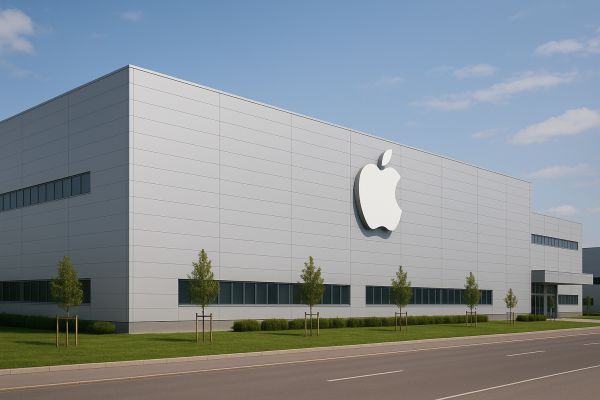In recent years, artificial intelligence has sparked revolutionary changes in education, shifting the focus from passive information intake to active learning processes aimed at deeper understanding. OpenAI’s latest innovation, the “Study Mode” integrated into ChatGPT, plays a key role in this transformation. This feature is not just another tool for students—it represents a completely new approach: rather than delivering ready-made answers, it acts as a partner in the thinking process, helping users discover solutions on their own. This method not only makes mastering the subject matter more effective, but also develops essential skills like critical thinking and problem-solving.
At the heart of Study Mode is a kind of Socratic dialogue between the AI and the user. Instead of answering a question outright, it leads the student in the right direction through open-ended questions. This method encourages learners to think critically, articulate their own reasoning, and arrive at solutions independently, step by step. Complex problems are broken down into smaller, more manageable parts, enabling users to build their knowledge gradually from the ground up, rather than simply memorizing facts by rote.
One of the system’s greatest strengths is its adaptability. Study Mode can adjust to the user’s prior knowledge, grade level, and learning goals, ensuring that the guidance and questions provided are always relevant and engaging. This personalized feedback helps maintain the learner’s interest and motivation. Throughout the process, the system encourages active participation by using intermediate questions, quizzes, and discussions to prompt recall and application of learned material—an approach proven to improve retention. If the student gets stuck, the system doesn’t provide the final answer, but instead offers subtle hints and guiding questions, encouraging them to recognize and correct their own mistakes. When memory is enabled, ChatGPT can remember previous interactions, allowing it to track the learner’s progress and identify areas of difficulty—enabling continuous, personalized support. In keeping with its multimodal capabilities, users can also upload images or PDF documents—such as a photographed math problem—which the system can respond to with targeted, step-by-step guidance.
This interactive, supportive model transforms learners from passive recipients into active participants in building their own understanding. It helps not just with preparing for individual assignments, but also lays the foundation for long-term, transferable problem-solving skills.
It’s important to note that OpenAI is not alone in this direction; other players in the tech sector have also recognized the potential of interactive, student-centered learning tools. Anthropic’s chatbot Claude, for example, has been enhanced with a similar feature called “Learning Mode,” which also focuses on question-driven guidance and active learning. These parallel developments clearly indicate that the industry is moving toward more responsible and pedagogically grounded AI solutions.
Khan Academy introduced its personalized AI tutor, Khanmigo, back in 2023. Built on the principles of Socratic dialogue and supportive questioning, it helps students across various subjects. While it’s not explicitly labeled as a “learning mode,” the underlying philosophy aligns closely with OpenAI’s vision. Other major platforms—such as Google Gemini or Microsoft Copilot—don’t offer a dedicated, one-click learning mode, but can be prompted with the right instructions to provide step-by-step explanations. However, they may lack the integrated progress-tracking features that define Study Mode.
Educational technology companies like eSelf AI and Kahoot! are also leveraging AI to deliver personalized quizzes, interactive feedback, and content tailored to the learner’s progress. These platforms are increasingly incorporating elements that break learning material into smaller chunks and encourage students to justify their answers.
In summary, OpenAI’s Study Mode is a pioneering example of a broader trend in which artificial intelligence is evolving from a mere tool for gathering information into a true, interactive learning partner. Step-by-step features that support active learning are quickly becoming an industry standard—not only in tools designed specifically for education but also as core capabilities of large language models. Currently, Anthropic’s Claude represents the most direct competitor in this area, while other tech giants and educational platforms are racing to develop their own interactive solutions in response to the changing demands of modern education.




























